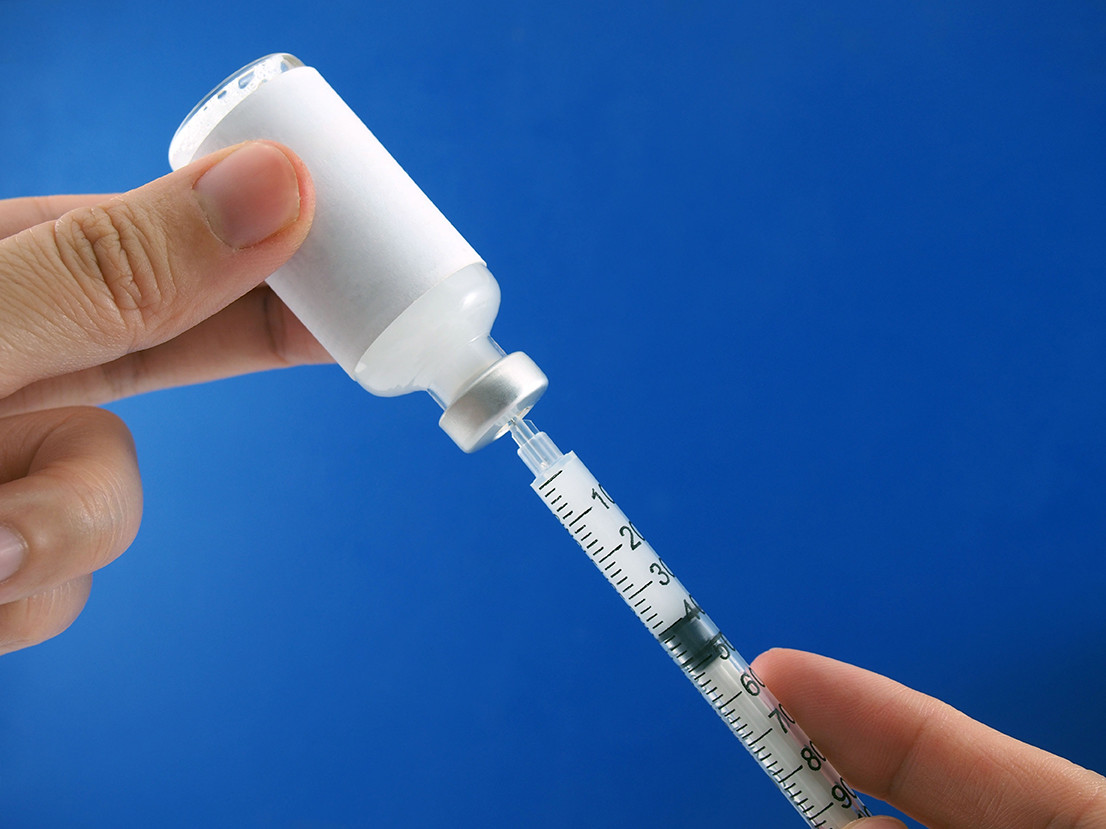It is common for many people who use insulin injections to commit errors while administering insulin. Here are a few tips and techniques that would help you understand how to use insulin injections effectively.
Steps for injecting insulin
Insulin Kit:
- An insulin pen
- Enough insulin inside to give the required dose
- A new pen needle
- Cotton wool or a tissue
Injecting your insulin shot
When you are injecting insulin, you should aim to inject into the fatty tissue just underneath the skin. To perform your insulin injection:
-
- Wherever possible, wash your hands with soap and water before injecting
- Put a new needle onto your pen
- Perform an ‘air shot’ of at least 2 units to clear any bubbles out of the needle – if you do not get a steady stream, repeat the air shot until you do get a steady stream
- Dial up your dose – how you do this exactly may depend on which pen you have
- Pick a soft fatty area to inject – tops of thighs, belly, bum and triceps (not always recommended for children or thinner people)
- Raise a fold of fatty flesh slightly between your thumb and fingers – leaving plenty of space between to put the needle in
- Put the needle in – if you are particularly slim, you may need to put the needle in at a 45 degree angle to avoid injecting into the muscle
- Push the plunger, to inject the dose, relatively slowly
- After the dose has been injected, hold the needle in for a good 10 seconds to prevent too much insulin from escaping out
- If any blood or insulin escapes, wipe this with cotton wool or a tissue
- Ensure that the used needle is deposited into a sharps bin
How to avoid pain when injecting insulin
Many diabetes patients are worried about the pain of injecting insulin. There are several methods that can help avoid or minimise pain when injecting.
- Making sure the muscles above which you’re injecting are relaxed, this will allow for a better coverage of fat where you’re injecting.
- Use insulin and a needle which is at room temperature
- Push the needle in quickly
- Try not to wiggle the needle as you’re injecting or withdrawing the needle
- Always use a new needle
Injections and Bruising
You may notice a little blood leaking out after injecting. This is not a cause for concern as it just means the needle has gone through a small blood vessel.
If this happens, you may notice a raised area of your skin from the blood underneath but this should ease down over the next few hours and you’ll be left with a bit of a bruise for a few days.
Tips for Injecting Insulin
- Stomach: Stay at least two inches away from the bellybutton or any scars you may already have when using the abdomen for injections.
- Thigh: Inject at least 4 inches or about one hand’s width above the knee and at least 4 inches down from the top of the leg. The best area on the leg is the top and outer area of the thigh. Do not inject insulin into your inner thigh because of the number of blood vessels and nerves in this area.
- Arm: Inject into fatty tissue in the back of the arm between the shoulder and the elbow.
- Buttock: Inject into the hip or “wallet area” and not into the lower buttock area.
- When rotating sites within one injection area, keep injections about an inch (or
two finger widths) apart. - Do not inject into scar tissue or areas with broken vessels or varicose veins. Scar tissue may interfere with absorption.
- Massage or exercise that occurs immediately after the injection may speed up absorption because of the increased circulation to the injection site. If you plan on strenuous physical activity shortly after injecting insulin, don’t inject in an area affected by the exercise. For example, if you plan to play tennis, don’t inject into your racquet arm. If you plan to jog or run, don’t inject into your thighs.
- When injecting with an insulin pen, inject straight in and be sure to hold the pen in place for a few seconds after the insulin is delivered to ensure that no insulin leaks out.











